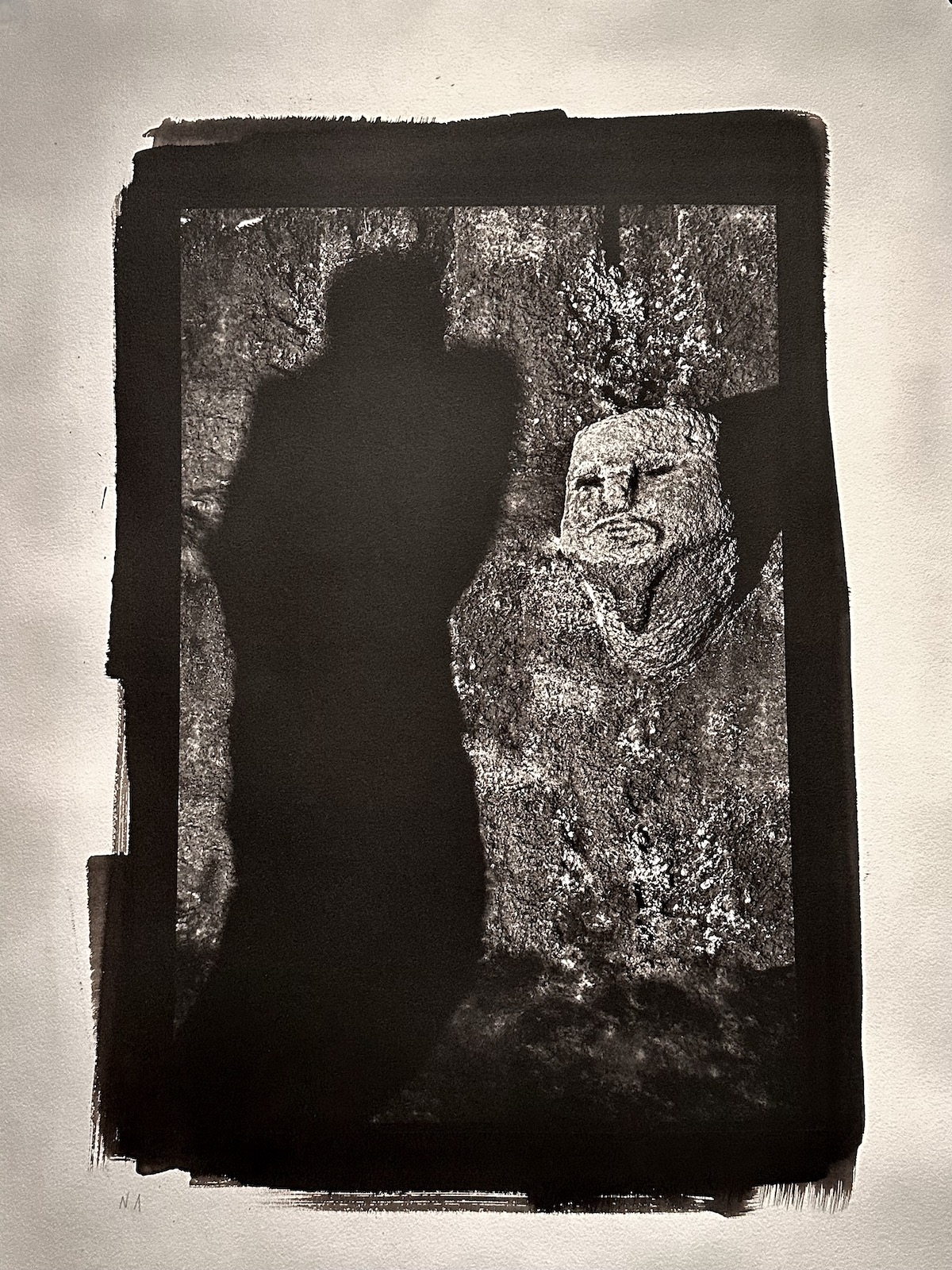Towering monoliths in contrasting shades of black and white make for an intimidating atmosphere at the Pera Museum’s latest exhibition, Isabel Muñoz: A New Story. Spanning two floors of the museum, it displays the Spanish photographer’s journey through the ancient ruins of southeastern Turkey, where she photographed, at the museum's suggestion, Göbeklitepe and the surrounding sites of Karahantepe and Sayburç.
The bulk of the exhibition is devoted to the incredible hulking figures located at these excavated sites. Thought to be the earliest discovered permanent site constructed by humans, Göbeklitepe was initially uncovered in the 1960s by the late German archaeologist Klaus Schmidt. An early Neolithic sacred site, it consists of at least 50 monolithic pillars depicting carefully etched reliefs of carrion birds, jaguars, wild boar and more. To this day the purpose of the structure remains a matter of debate. Although Schmidt believed it was created solely as a temple for worship, other archaeologists have since challenged his theory, postulating that the site could also have been a place of permanent settlement. Consequently, Göbeklitepe remains shrouded in mystery, which is precisely what Muñoz seeks to penetrate through her art.

What differentiates Muñoz’s work from typical images taken at this frequently photographed archaeological site is the dialogue she creates with the past. The austere black-and-white megaliths forever captured by her camera offer a glimpse into the perspective of those who crafted and worshipped them thousands of years ago. Towering over the viewer, the sombre tone of the photographs acts as a eulogy that memorialises this unknown culture. Through her work Muñoz contemplates our links to the past, focusing on how death, belief and the human experience form a universal connection that transcends time and space. Standing among the megaliths, reimagined in a new, modern form, the viewer participates in the ritual and becomes a part of time immemorial.
Beyond photography, Muñoz utilises multiple forms of media to record the site and her experience of it. A time-lapse video records the statues at night, panning over a night sky of stars spinning in and out of frame and showing a pool of water rising and receding. She creates a feeling of eternity, centering present and past on the same plane.

A scan of Muñoz’s own brains records the excitement and passion she felt when she held the only fragments of human skull found during the excavations. By recording her experience of the site, she illustrates how her role as a witness forms a connection with the people of the past through death. Ultimately, through her stark images, she succeeds in forming an emotional bond between the viewer and the remnants of Göbeklitepe, a testament to the role of photography in transforming the known world into something new.
Isabel Muñoz: A New Story is on show at the Pera Museum until September 17.



_Pera_Museum_School_of_Fluid_Measures_Judith_Seng_420_408_80_c1.jpg)










